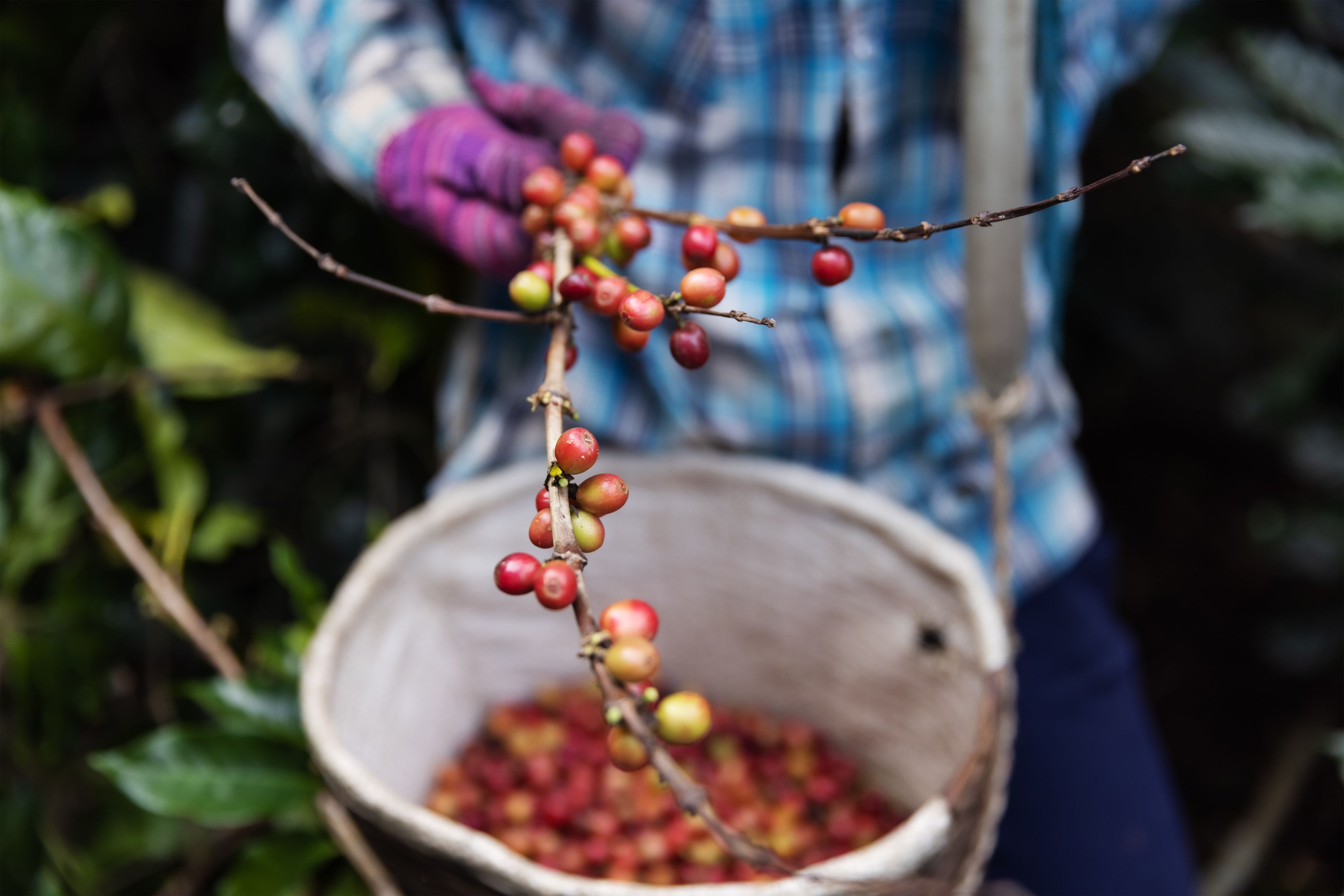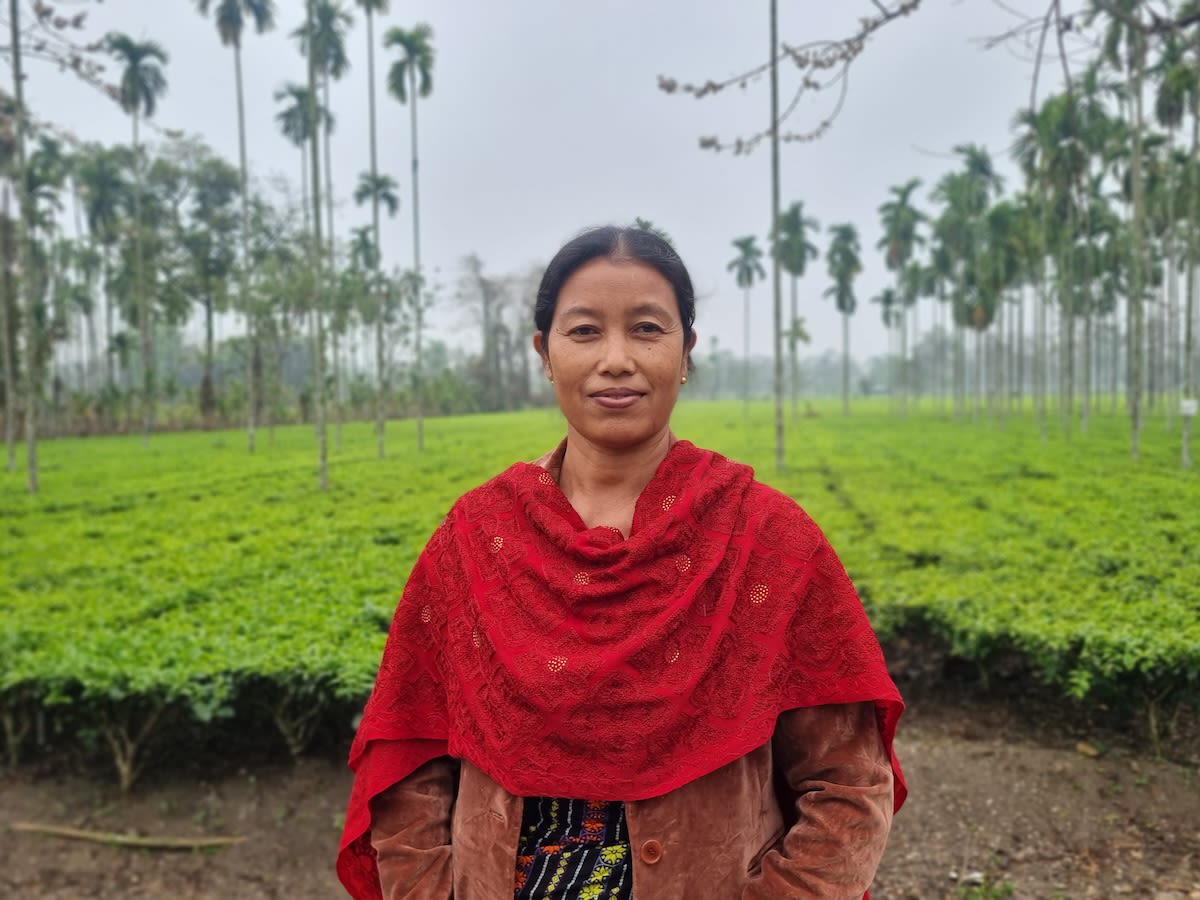SMALL FARMER ATLAS
TEA
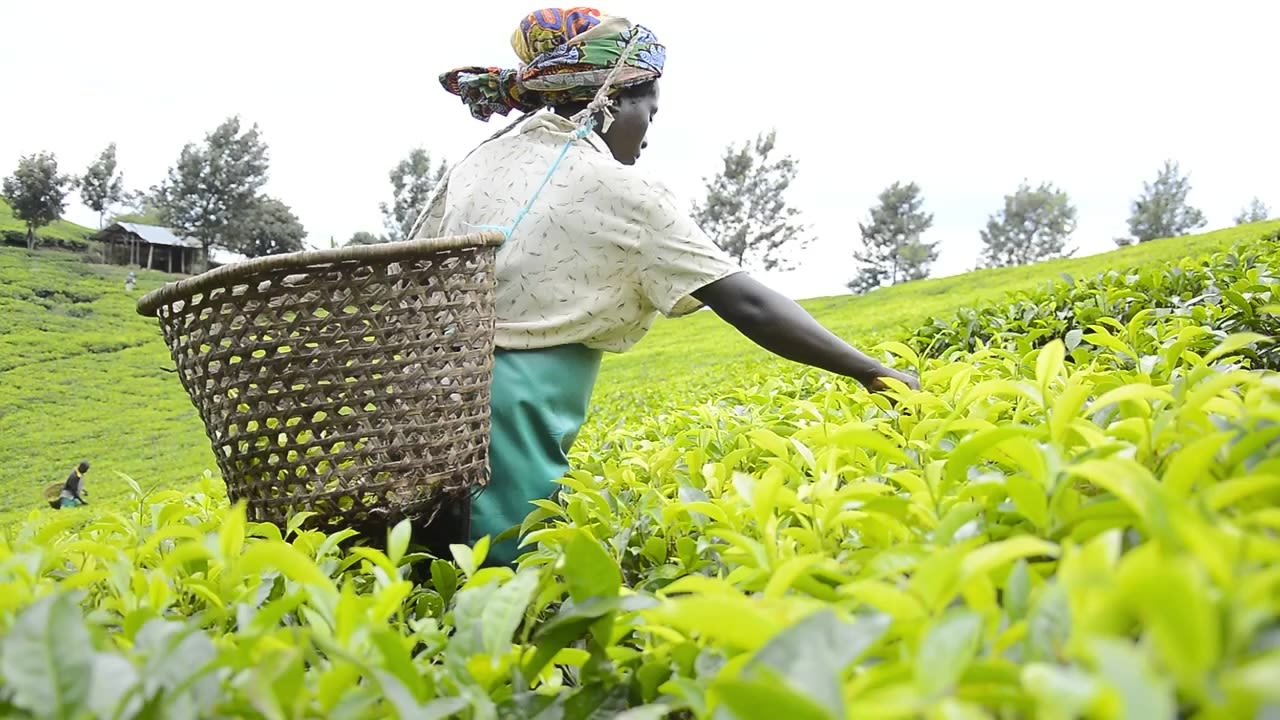
Unlike some commodities, tea provides work and income throughout the year, with a low risk of complete crop failure, however it is very labor-intensive and requires hand harvesting (generally referred to as plucking). Production is highly concentrated in a few countries, with China and India producing 70% of global tea, while Sri Lanka and Kenya focus on tea as an export cash crop. Small-scale farmers family farms – mostly consisting of up to 2 ha – account for over 60% of global tea production.
The Small Farmer Atlas explores the perceptions of small-scale farmers on a wide range of sustainability topics centered on three themes: prosperity, inclusivity and balance with nature. Small-scale tea farmers from India , Sri Lanka and Uganda are included in this report.
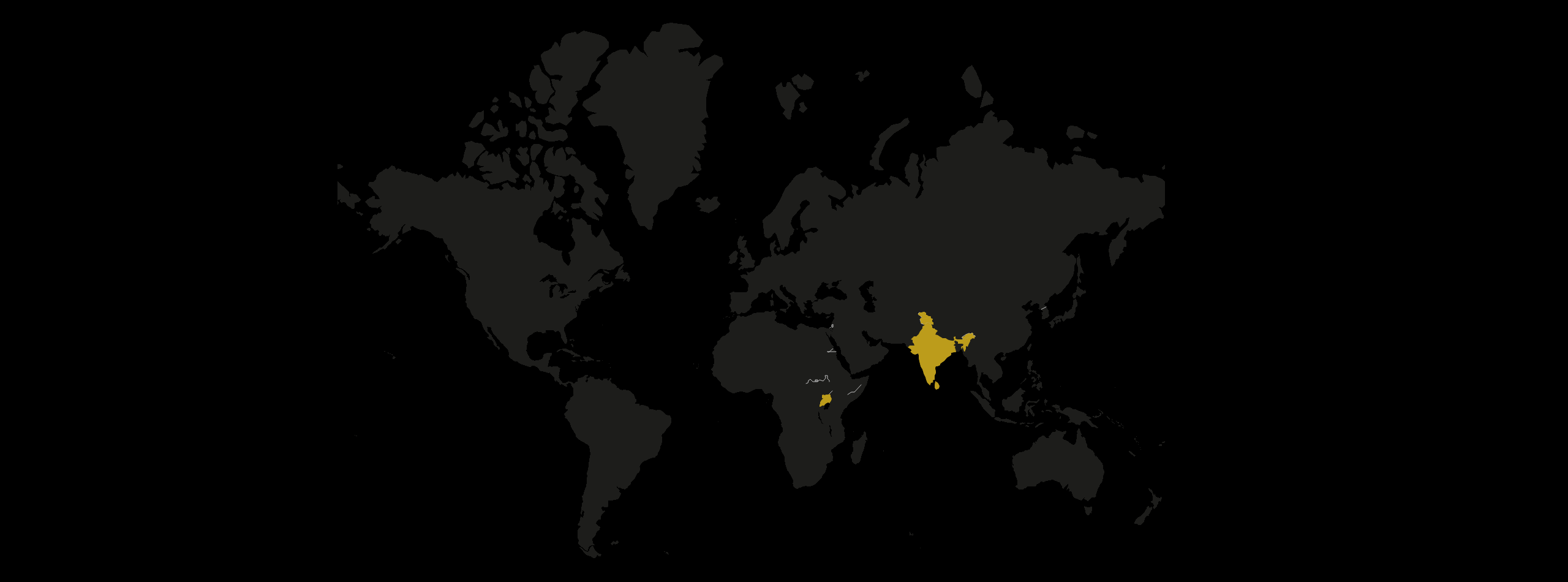
SMALL FARMER ATLAS
PERCEPTIONS ON TEA

Tea producers typically struggle to make a decent business out of growing tea, but small-scale farmers in India were quite positive on the prosperity index (+16) while Sri Lanka and Uganda were more negative (-2 and -10, respectively). This could be due to the fact that the price for green leaf was exceptionally high due to the COVID restrictions when the survey was conducted. This situation has changed drastically as can be seen in this message from a Farmer Group in Nilgiris, India.
Beyond prices paid for tea, farmers are also quite pessimistic about coping with the challenges related to producing tea in balance with nature. Climate impacts, combined with the market pressures facing the sector, make it hard to earn an income that allows for mitigations.
PROSPERITY
Farmers in India were marginally positive on their income, likely due to a rise in prices during COVID; Sri Lanka and Uganda indicate that prices for tea are economically inviable.
INCLUSIVITY
As tea cultivation in all three countries has become a high-input/high-output system, farmers are raising concerns about their limited access to inputs, credit or extension services.
NATURE
Tea is mainly grown under rain-fed, mono-cropping systems. Weather conditions determine optimal growth. As such, all growers identify access to water and soil quality as major issues
SMALL FARMER ATLAS
SUPPLY CHAIN

Annual global tea production amounts to over 17 billion dollars (US), while global tea trade is valued at about 9.5 billion dollars (US), indicating that tea is an important source of export earnings. The tea sector has grown into a lucrative business downstream, with a few large companies dominating the domestic and export markets.
Despite the differences in production costs across tea farms, regions, and countries due to different taxes, input and transportation costs, the overall pattern shows that pluckers only receive 1-2% of the price of tea. While traders and blenders capture around 35% of the retail value, retailers tend to take between 41%-59% of the price consumers pay. The value earned by companies, which blend and sell directly to consumers can be a whopping 90% of the price charged to the consumer. For example, in the Netherlands, supermarkets and tea brands are estimated to receive 83.7% of the final consumer price for black tea bags.
SMALL FARMER ATLAS
3 QUESTIONS

At the time of this survey, farmers in India were largely positive on their ability to provide for their families, but most indicate that investments in sustainable agriculture do not pay off.
After a fertilizer ban in 2021, farmers saw their production plummet by 50%. Though the government backed away from the policy, many farmers have had difficulty recovering.
Farmers in Uganda question their capacity to build up resilience to increasing climate variability. This combined with a lack of supportive government policies and lack of confidence in farmer organizations has led to a pessimistic outlook.
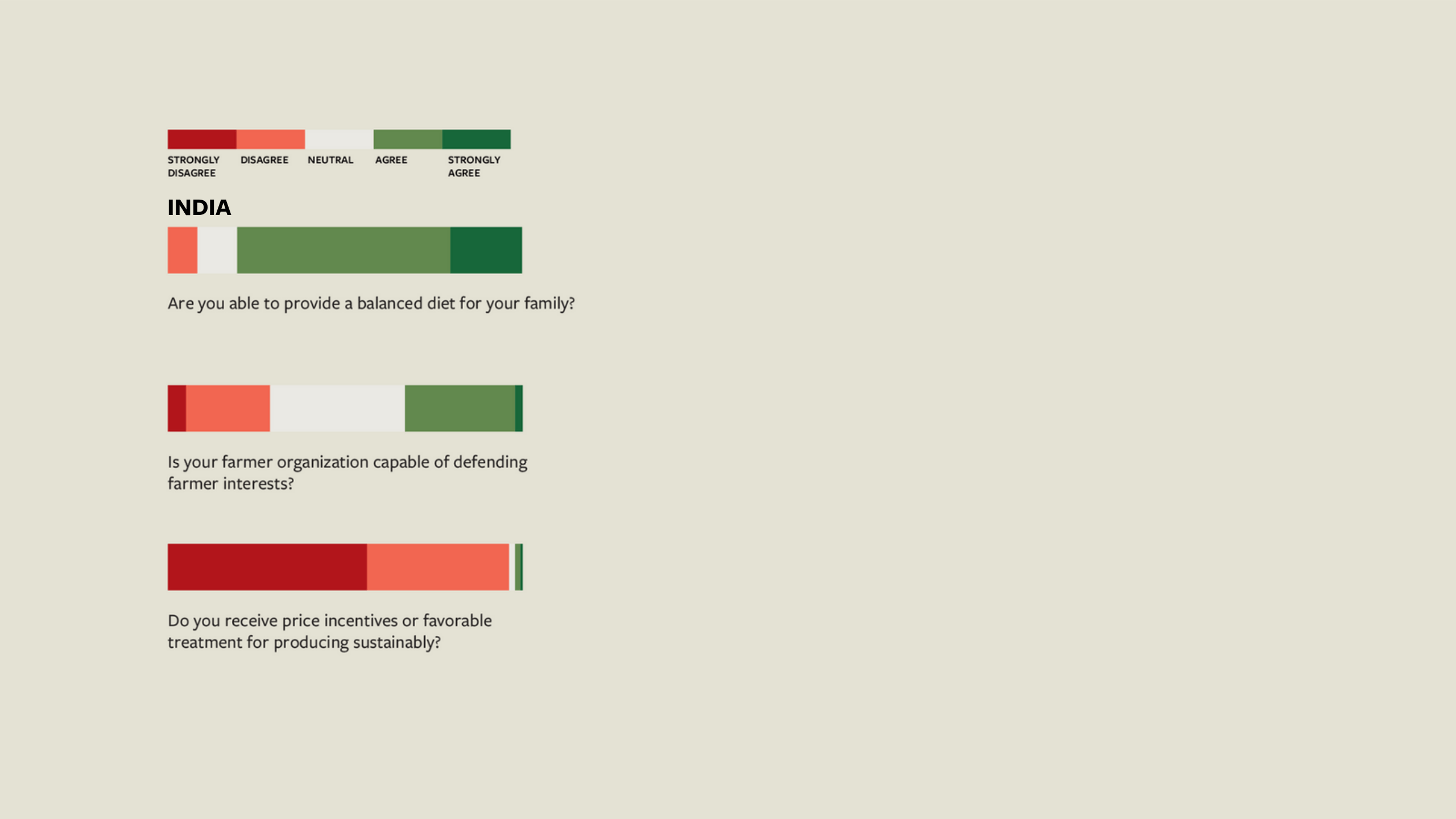


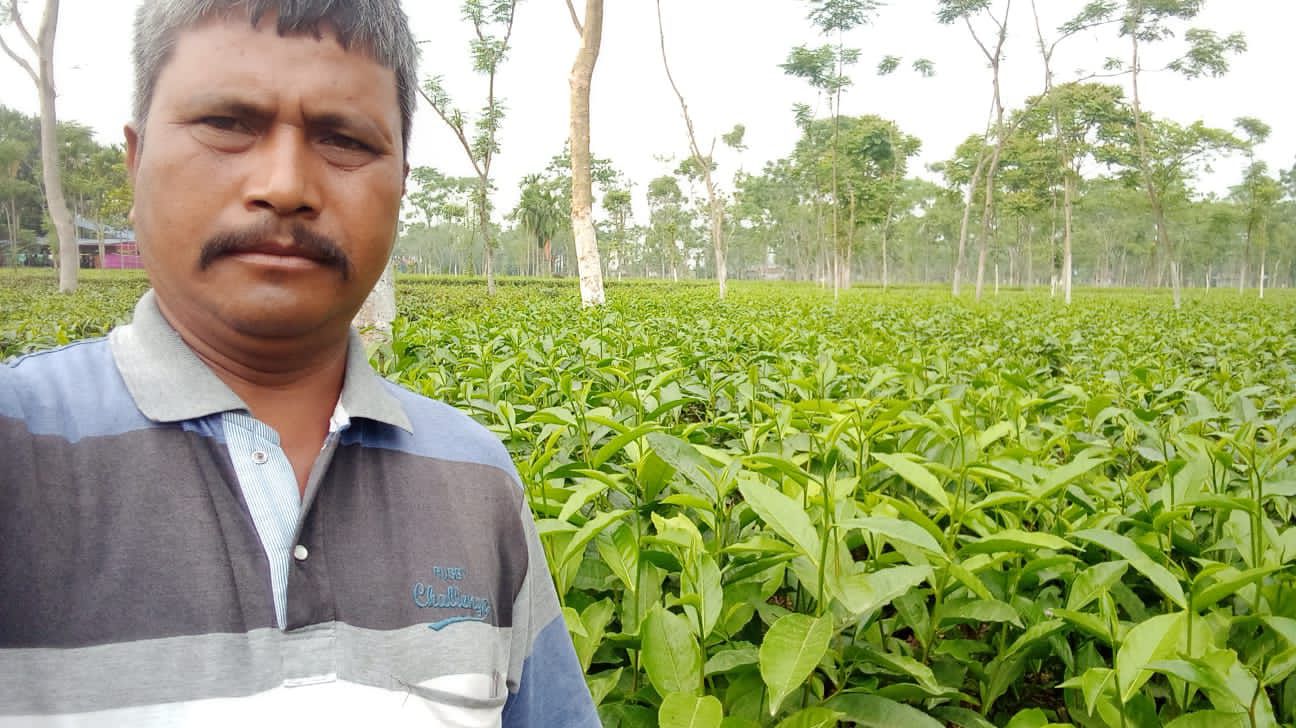
MEET SMALL-SCALE TEA FARMERS
KARUNA DAIMARI WRITES HER OWN SUCCESS STORY IN TEA
What is the role of women in the Indian tea industry? As an answer, Karuna Daimari in Assam has spent her lifetime challenging stereotypes with her work as a tea farmer and an entrepreneur. Her journey highlights the importance of training and support for small growers, while she continues to inspire other women to work for business success.
SMALL TEA GROWERS FROM MOZAMBIQUE WIN FIRST-PLACE AWARD
Small tea growers from Mozambique have won first place in the Emerging Specialty Tea category at the African Specialty Tea Conference and Expo in Kenya. The meeting of tea producers from across Africa was an opportunity for small tea farmers to connect with global markets, and the award highlighted the potential of teas from Mozambique.

Join the discussion
Looking for further insights and ideas or just want to share with others? Join the Small Farmer Atlas LinkedIn Group.
Download the PDF
The full Small Farmer Atlas goes into detail on that current state of sustainability from farmers' perspective.
Explore the data
This website represents a small portion of the data collected. Sign up to access the Data Portal and learn more.
